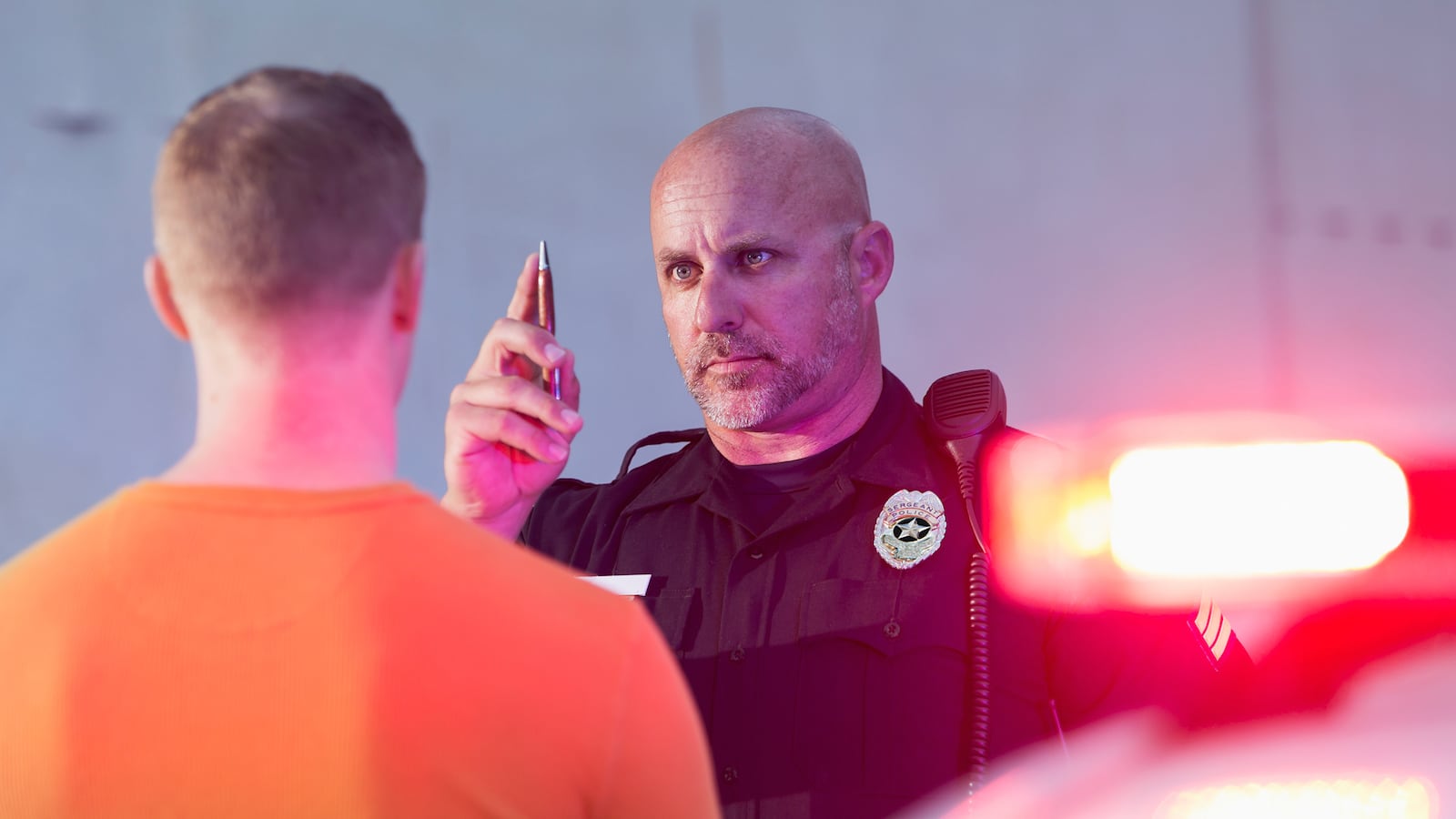New research suggests that Uber is responsible for a drop in drunk-driving deaths across California.
The study, by Philadelphia’s Temple University, analyzed data on alcohol-induced road deaths from 2009 to 2014, summarizing that the mortality rate for such incidents fell by up to 5.6 percent in cities where Uber was used.
Professors Brad Greenwood and Sunil Wattal looked at the quarterly changes in vehicular homicides—which kill 13,000 Americans each year—occurring in Californian cities with Uber versus the rate in those ones without, finding that the service reduced deaths by a minimum of 3.6 percent wherever it was implemented. Should the study’s findings hold nationally, an estimated 500 lives would be saved every year, and the annual cost of deaths of this nature—$37 billion, racked up by the likes of medical care for the injured, and prosecution and incarceration for the perpetrators—could be reduced.
“I had the idea for the paper at a friend’s wedding, when I had drank a little too much and an Uber X driver took me home,” Greenwood explains of his research. The study had no affiliation with Uber itself, though the professors did alert the company to their findings after the analysis had been completed.
Its key findings were that UberX significantly reduces the number of alcohol related motor vehicle fatalities, that the effect takes between 9 and 15 months to manifest, and during times of likely surge pricing, such as weekends and celebratory holidays associated with drinking, the effect is greatly diminished (most likely because fewer people use the service when its rates are increased). The study also found that Uber Black—the “executive luxury service”—proved to be something of an anomaly, only achieving the same results in cities with a population of over 250,000.
The functionality of the Uber app, which shows users exactly how long they have to wait until their ride arrives, is cited as one of its greatest attractions to inebriated customers. Though some may doubt a would-be drunk driver’s ability to make wise decisions, this fits into the notion of rational choice theory, the paper argues, which “suggests that offenders respond selectively to particular situations based on the probability of being apprehended, the benefit they will reap from the crime, and the opportunity cost of selecting one option over another.” The coupling of low cost and easy availability is what the researchers deem to be the core of Uber X’s success, emphasized by the finding that periods of surge pricing had no effect on the rate of motor vehicle homicides.
The news casts a rare positive light on Uber, a company that has seemingly been mired in every possible form of controversy since its inception six years ago. With a near-endless rotation of allegations from rape to kidnap levelled at the service’s drivers, and cities including New Delhi, Toronto, and Berlin seeing Uber subjected to scrutiny in court, banned, or both, the notion that it could benefit for the population’s health and finances could perhaps alter its unpopular image.
The results can also be seen as something of a victory for the sharing economy, which is routinely criticized for its lack of regulation. Greenwood thinks “a lot of parts of the sharing economy get backlash from established institutions because they are challenging established business models, e.g. hotels for AirBNB, or Uber and taxis. But, a lot of the conversation isn’t based on hard data, it’s based on speculation, and that is not a good thing.
“This paper is just a starting point which investigates only one part of the ridesharing business model,” he adds, “and the hallmark of good science is replication, but I hope policy makers take the findings seriously when they try to incorporate these emerging business models into the economy.”
Greenwood and Wattal will present their findings at a conference in Vancouver next week.






